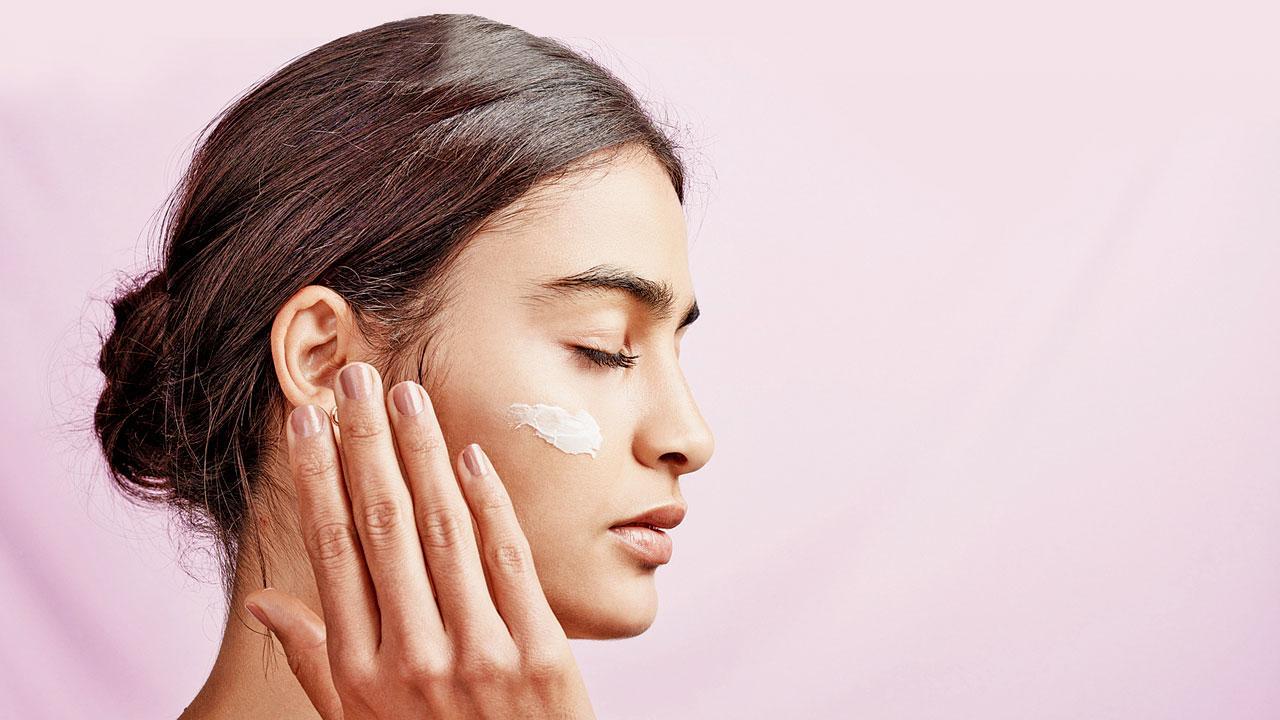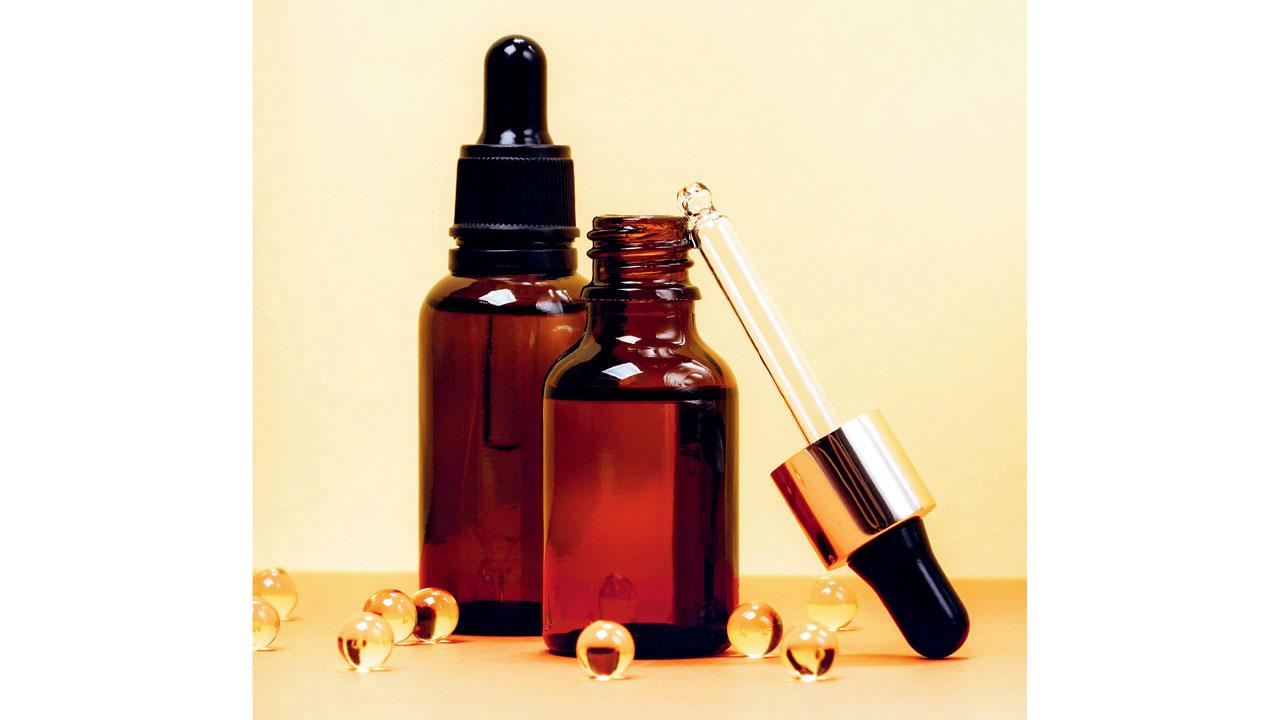Touted as a game-changer in self care routines, niacinamide could suit many skin types. Experts discuss the pros and cons and bust a few myths about this much-hyped cosmetic product

Representative Image
How would you react if you were told that one product was enough to take care of all your skin issues? A Google search for the word ‘niacinamide’ will reveal a flood of reviews and products to choose from. Also known as nicotinamide, it is a form of vitamin B3, and has been in the news for all the good reasons. Manufacturers claim it builds keratin — a type of protein that helps to keep your skin firm and healthy, and also aids in retaining moisture. But is the ingredient suitable for all and does it meet with the expectations of the Indian skin type?
ADVERTISEMENT
Versatile ingredient
According to celebrity dermatologist and founder of Sol Skin Corp, Dr Rashmi Shetty, niacinamide is a magical ingredient. “You can only expect particular benefits from one ingredient, and it does work when used appropriately. One has to use it a substantial number of times in a good concentration, and can be also used in a combination with other ingredients depending on the skin issues,” she explains. She recommends pairing it with hyaluronic acid for dry skin; vitamin C for acne scars and pigmentation; salicylic acid for acne-prone skin; and retinol for anti-aging concerns. Elaborating on its benefits, she says, “It helps in protecting the skin by enhancing its outer layer and in making ceramides, which is one of the oil-retaining molecules. It also brightens the skin and causes dark marks to fade away.”

Dr Rashmi Shetty
Choose wisely
Dr Batul Patel, medical director and dermatologist at The Bombay Skin Clinic, however, shares, “I’ve seen a lot of buzz around niacinamide and have also seen many people being disappointed after using it. It helps in reducing inflammation and in stimulating collagen synthesis, so it works well for photo-damaged skin.” She states that the serum is better suited for Caucasian skin types as they are more affected by free radical formation and sun-damaging factors.
Plain niacinamide won’t work on acne and hyperpigmentation for an Indian skin type and has to be mixed with another antioxidant such as benzoyl peroxide, vitamin C, or kojic acid. Patel explains, “It works better as a carrier molecule rather than an individual molecule.” However, at times, combining it with an active ingredient can leave the skin irritated. Hence, it has to be used in the right concentration with the consultation of a dermatologist.
 Dr Batul Patel
Dr Batul Patel
Use it right
Shetty informs us that the three ingredients which have the maximum number of searches on the Internet are niacinamide, hyaluronic acid, and vitamin C. Since the market is flooded with several brands that offer these ingredients in a variety of products, it is always advised to choose wisely according to your skin’s needs. In the end, every skin type is different, and keeping in mind the pros and cons, Patel advises a patch test before you introduce the ingredient to your skin.
How to use

>> Start by washing your face with a gentle cleanser or face wash that does not strip off your natural oils.
>> Next, apply your choice of niacinamide, which can be either in serum, oil, or cream form. Spread it across your face evenly and allow it a minute or two to be absorbed into the skin.
>> Finish the process by applying a suitable moisturiser, followed by some sunscreen.
>> One can also opt for niacinamide sleep masks for the nighttime routine.
 Subscribe today by clicking the link and stay updated with the latest news!" Click here!
Subscribe today by clicking the link and stay updated with the latest news!" Click here!








